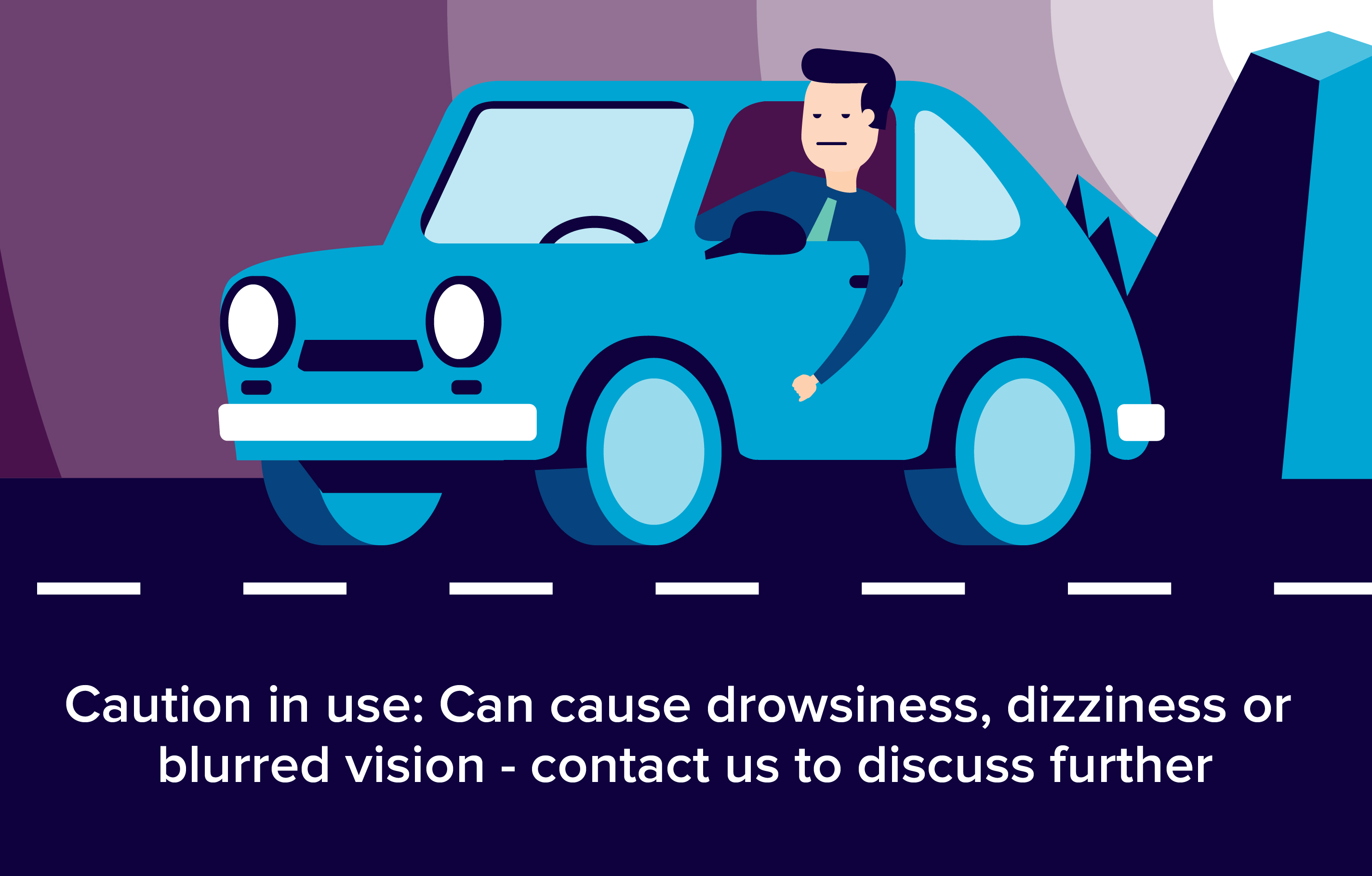Diaclide (Gliclazide) is a medicine that reduces blood sugar levels. It is used in type 2 diabetes when diet, exercise and weight loss are not enough to keep blood sugar levels controlled.

Why have I been prescribed Diaclide?
- Diaclide (Gliclazide) is a medicine that reduces blood sugar levels. It is used in type 2 diabetes when diet, exercise and weight loss are not enough to keep blood sugar levels controlled.
How does it work?
Diaclide reduces blood glucose levels by stimulating insulin secretion from the pancreas.
When and how do I take it?
Tablets should be swallowed whole as a single dose at breakfast. You must always eat a meal after taking your tablets.
What’s the dose?
Initial dose is half one tablet daily. This can be increased to a max of 4 tablets daily.
Could they interact with other tablets?
Diaclide cannot be given with miconazole. Diaclide may interact with the following drugs:
- Phenylbutazone
- Other antidiabetic agents (insulins, acarbose, biguanides)
- beta-blockers
- fluconazole
- angiotensin converting enzyme inhibitors (captopril, enalapril)
- H2-receptor antagonists
- MAOIs
- sulfonamides
- nonsteroidal anti-inflammatory agents
- Danazol
- Chlorpromazine
- Ritodrine
- salbutamol
- terbutaline
- glucocorticoids
- anticoagulants like warfarin
Herbal supplements should be used with caution and only after informing your doctor first.
What are the possible risks or side-effects?
Common side effects include:
- Hypoglycaemia (Low blood sugar levels)
Treatment with Diaclide MR 30 mg can cause hypoglycaemia, if mealtimes are irregular and, in particular, if meals are skipped.
Possible symptoms of hypoglycaemia are:
- headache
- intense hunger
- nausea
- vomiting
- lassitude
- sleep disorders
- agitation
- aggression
- poor concentration
- reduced awareness and slowed reactions
- depression
- confusion
- visual and speech disorders
- aphasia
- tremor
- paresis
- sensory disorders
- dizziness
- feeling of powerlessness
- loss of self-control
- delirium
- convulsions
- shallow respiration
- bradycardia
- drowsiness and loss of consciousness, possibly resulting in coma and lethal outcome
In addition, the following may be observed:
- sweating
- clammy skin
- anxiety
- racing heart
- hypertension
- palpitations
- angina pectoris
- cardiac arrhythmia
Usually, symptoms disappear after intake of carbohydrates (sugar). However, artificial sweeteners have no effect. Hypoglycaemia can recur even when measures prove effective initially.
If a hypoglycaemic episode is severe or prolonged, and even if it is temporarily controlled by intake of sugar, immediate medical treatment or even hospitalisation are required.
Gastrointestinal disturbances, including abdominal pain, nausea, vomitingdyspepsia, diarrhoea, and constipation have been reported: if these should occur they can be avoided or minimised if Diaclide is taken with breakfast.
Can I drink alcohol while taking it?
You should not drink alcohol while taking Diaclide.
What if I’m pregnant/breastfeeding?
- It is recommended that oral therapy is changed to insulin before a pregnancy is attempted, or as soon as pregnancy is discovered.
- Diaclide cannot be given while breast feeding.
If you have any further questions please ask your Pharmacist.
Remember to keep all medicines out of reach of children
Please Note: We have made every effort to ensure that the content of this information sheet is correct at time of publish, but remember that information about drugs may change. This sheet does not list all the uses and side-effects associated with this drug. For full details please see the drug information leaflet which comes with your medicine. Your doctor will assess your medical circumstances and draw your attention to any information or side-effects which may be relevant in your particular case.
References:
https://pl.wikipedia.org/wiki/Gliklazyd
http://www.drugs.com/uk/diabrezide-leaflet.html
http://www.fannin.eu/wp-content/uploads/2013/11/diabrezide-detail-aid-2012.pdf

